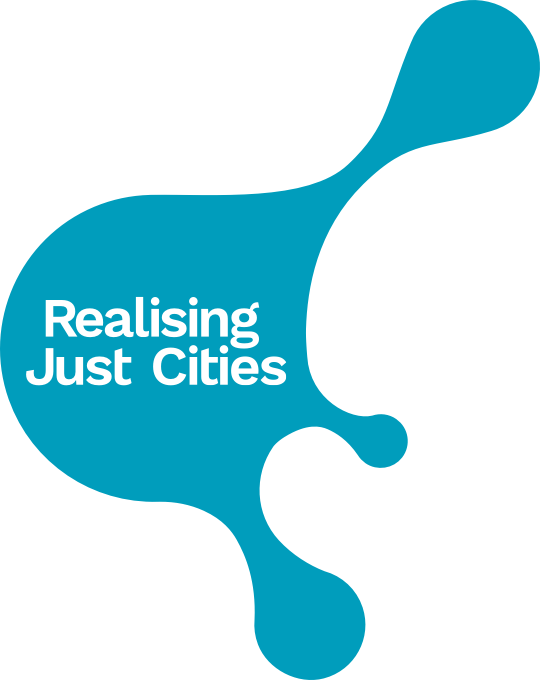Cultural Heritage and Sacred Sites in Kisumu: Inception Meetings
By Vicky Habermehl, Urban Institute, University of Sheffield
In April 2019 the inception meetings for the project started with a series of visits across the Kisumu region. These were organised with communities in different cultural heritage and sacred sites. At each meeting organisers, communities or elders took the group around the site and discussed the key concerns, and organising strategies, as well as future plans. This provided a context for cultural heritage in the area, as well as meeting potential research partners and allowing for broader understandings of different cultural heritage challenges across the region.
Click here to find out more about these cultural and sacred sites.
DUNGA BEACH
We began with a meeting at Dunga Beach with the beach management unit - BMU and ECOFINDER. Dunga beach is on the shores of Lake Victoria and combines fishing with tourist activities. The Beach management unit organises a series of sustainable walkways, a museum and wetlands centre, that provide information about the wetlands, and organise to protect them. The boardwalks allow access to the wetland without damaging it and the museum provides an educational resource for the area. We also met with a group of local women organising their own enterprises. Concerns diverged between issues of attracting tourists, sustainable development, fishing and continued development.
KIT MIKAYI
Our second meeting was with officials and elders who were custodians of the Kit Mikayi sacred site. Kit Mikayi, meaning rock of the second wife, has particular significance in the polygamous Luo culture. The site was organised by some community members, and already operating an entrance price and tours. The aims for the group were to expand the site, provide more resources for the area as well as maintain its cultural and religious significance. With a tour from an elder, we climbed through the caves to the top of the rocks, witnessing the prayers of various religious groups who camp at the rocks to pray. The views from the top of the Kit Mikayi rocks, were spectacular. Community members were most interested in learning from best practice to ensure the cultural heritage was supported alongside attracting more visitors, with different backgrounds and potentially clashing interests.
SEME KAILA
Our third trip was to the ancient hilltop forts of Seme Kaila. The forts were constructed from dry stone walls and were taller than a person. They provided circular shelters in which communities lived, farmed and looked after livestock. These forts were shelter and used to defend their lands from attacks, due to their strategic hilltop position.
In various states of disrepair, the challenges revolved around what to do for the future of this site. The community decided to initiate a community organisational structure at the meeting to represent different groups in the community, as a first step towards a program to protect and restore these sites. Currently there is a direct threat to the sites as the stones are a valuable resource to sell for ballast. Both economic livelihoods and the preservation of cultural heritage were critical concerns for the community.
ABINDU CAVES
The final site meeting was to the sacred site of Abindu Caves. A group of elders and representatives from the community shared stories of the significance of the site, and its importance today. Like Kit Mikayi, this site is one in which religious groups pray, leading to some conflicts over the use of land and pollution through the burning of candles and rubbish. Whilst Abindu Caves has recently been granted a tourism status through the erection of a county sign, there is little infrastructure to support the site. This was something that the elders wanted to address, and were keen to learn from the experience of other similar sites in the area.




